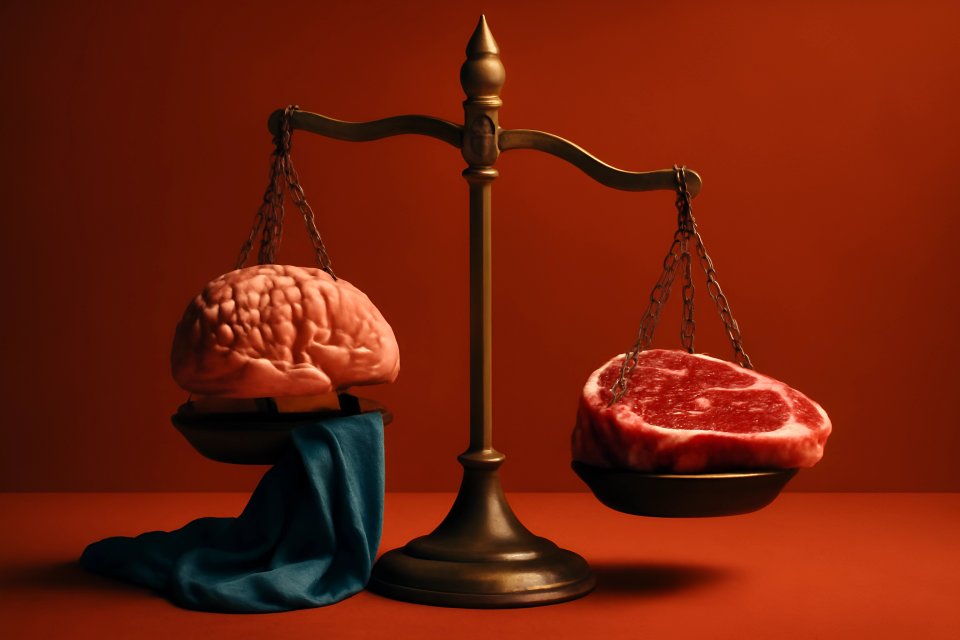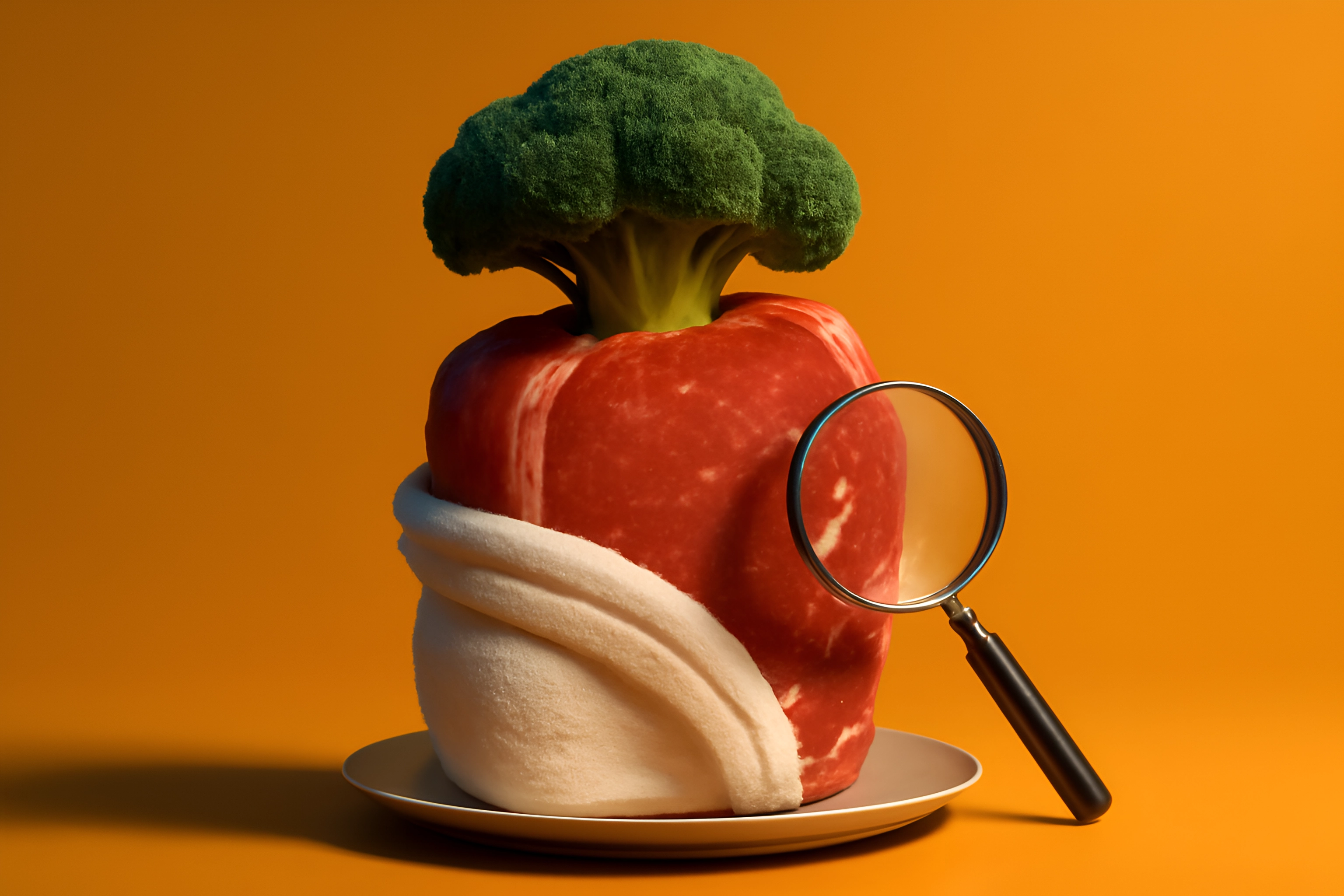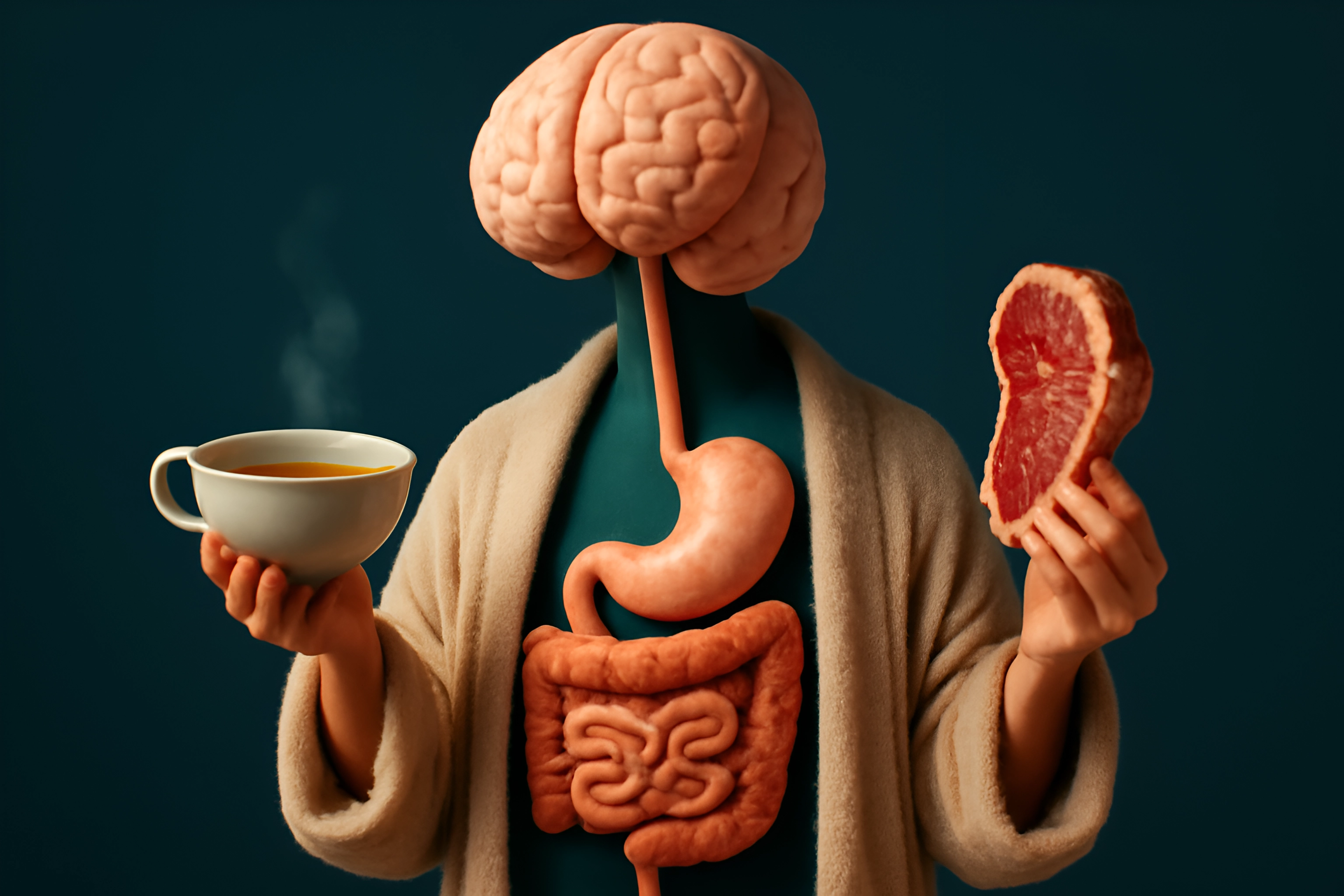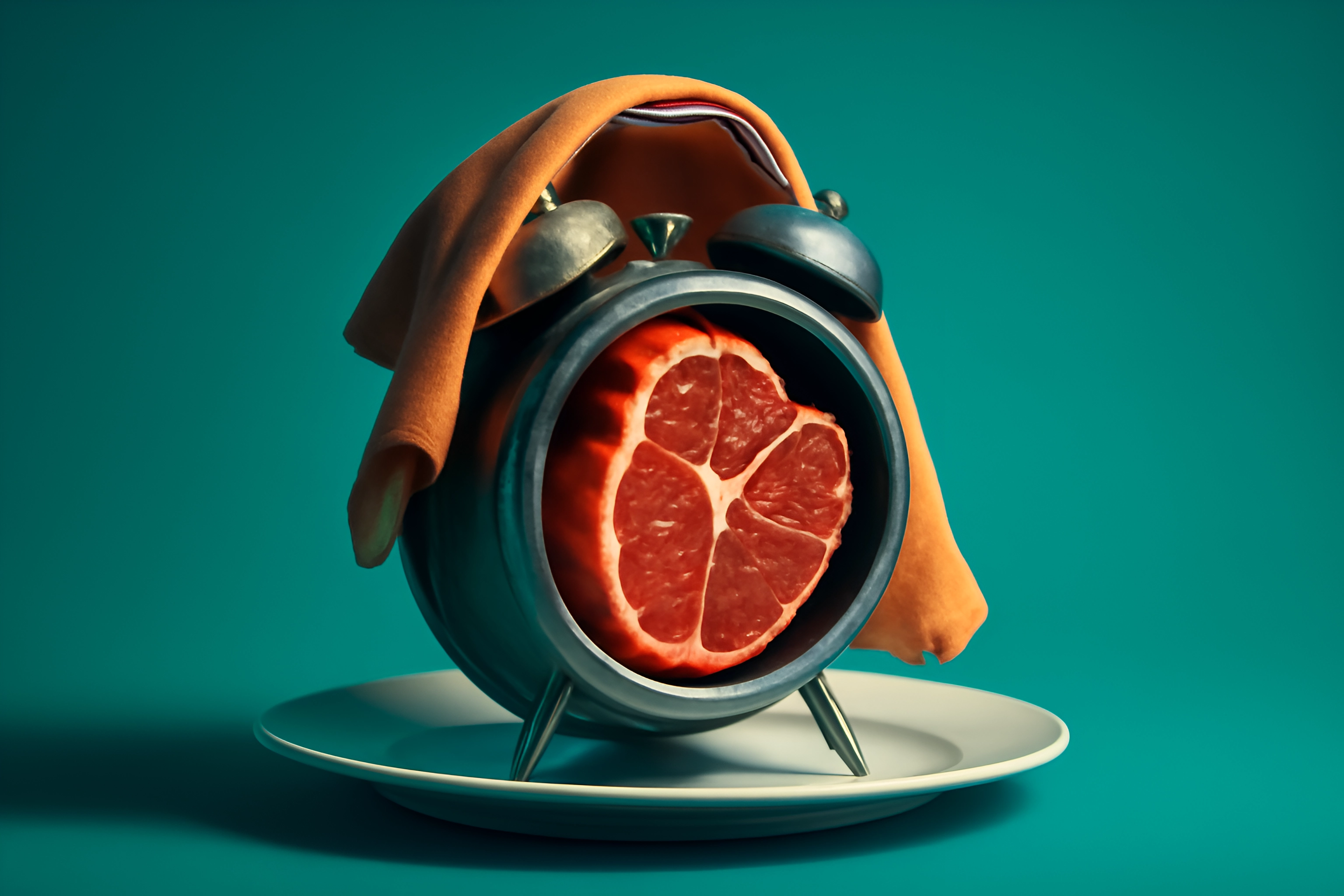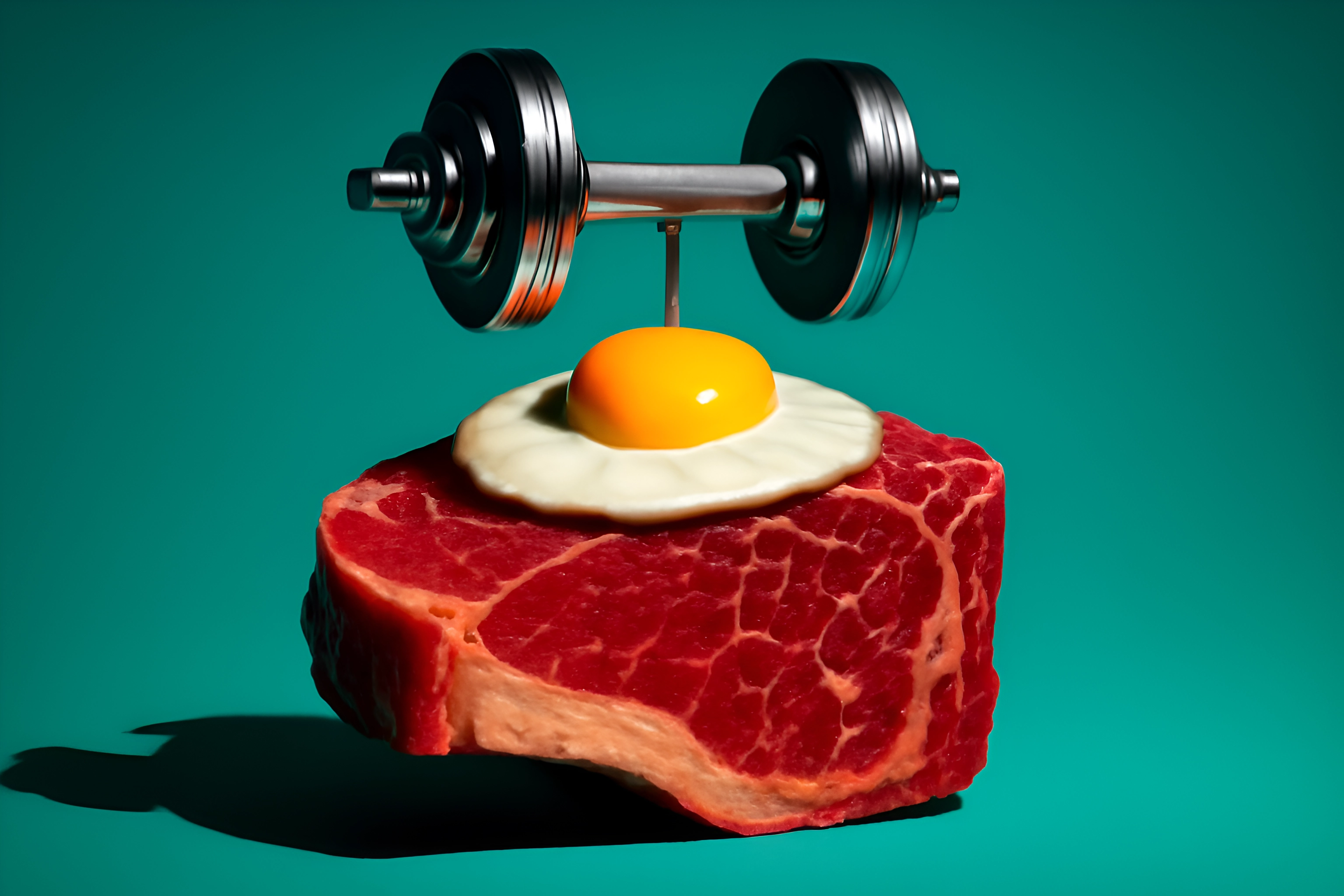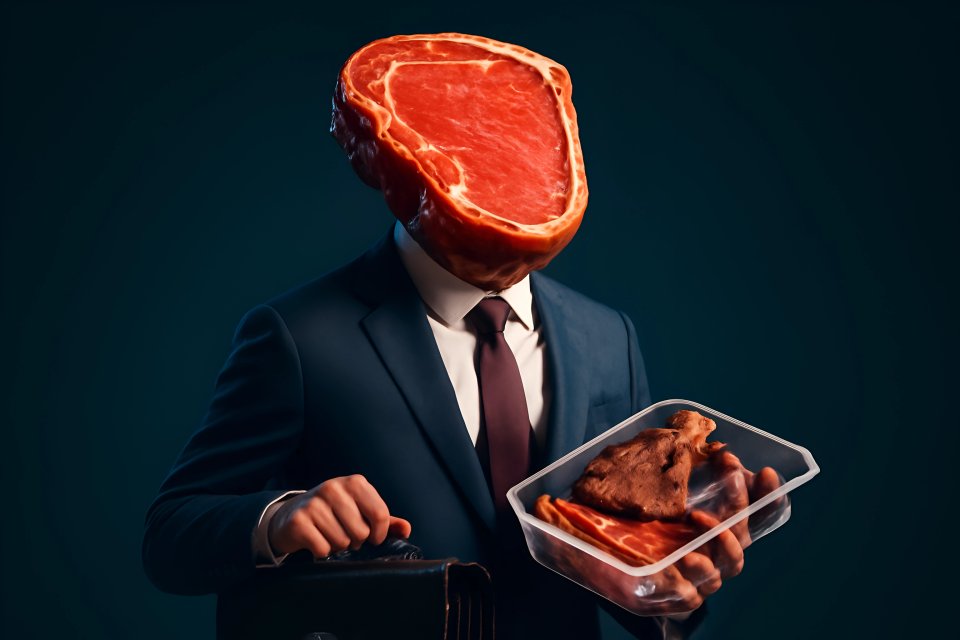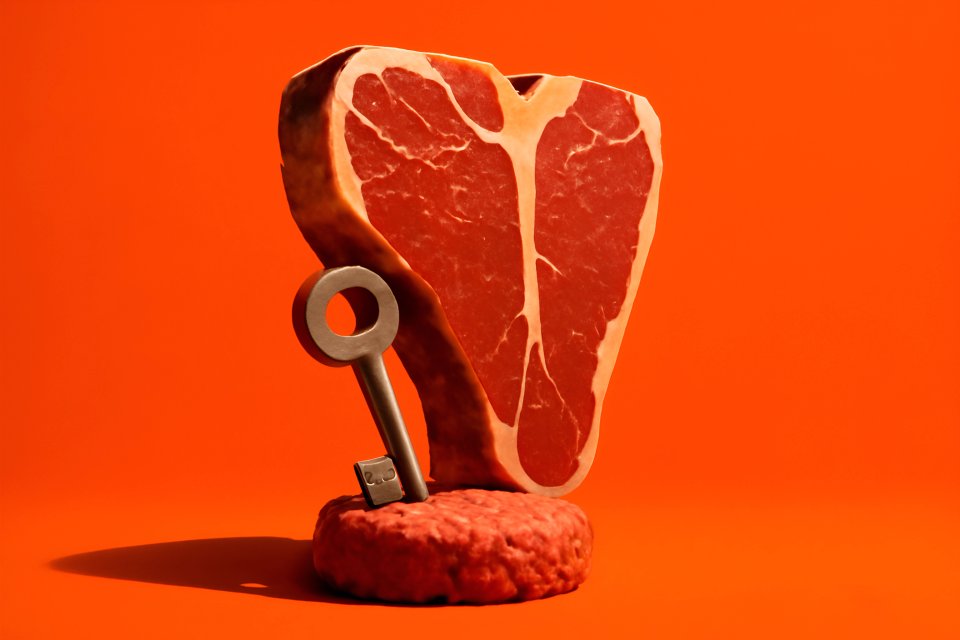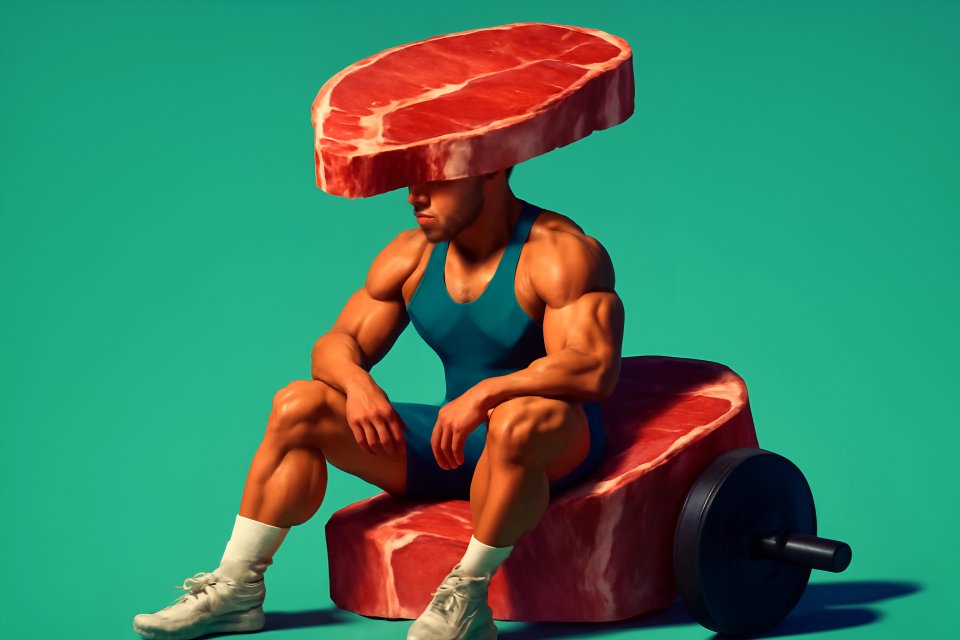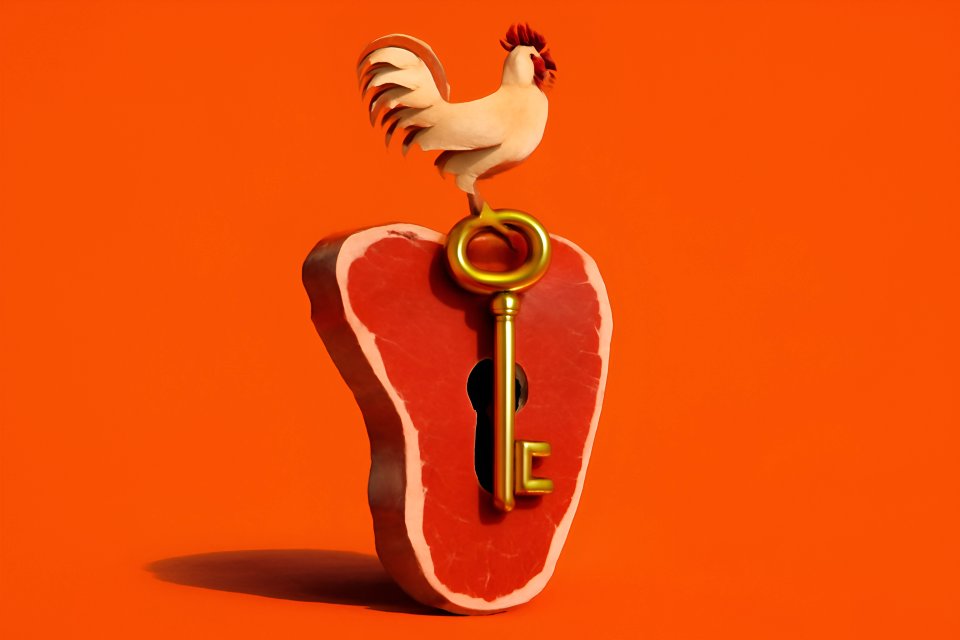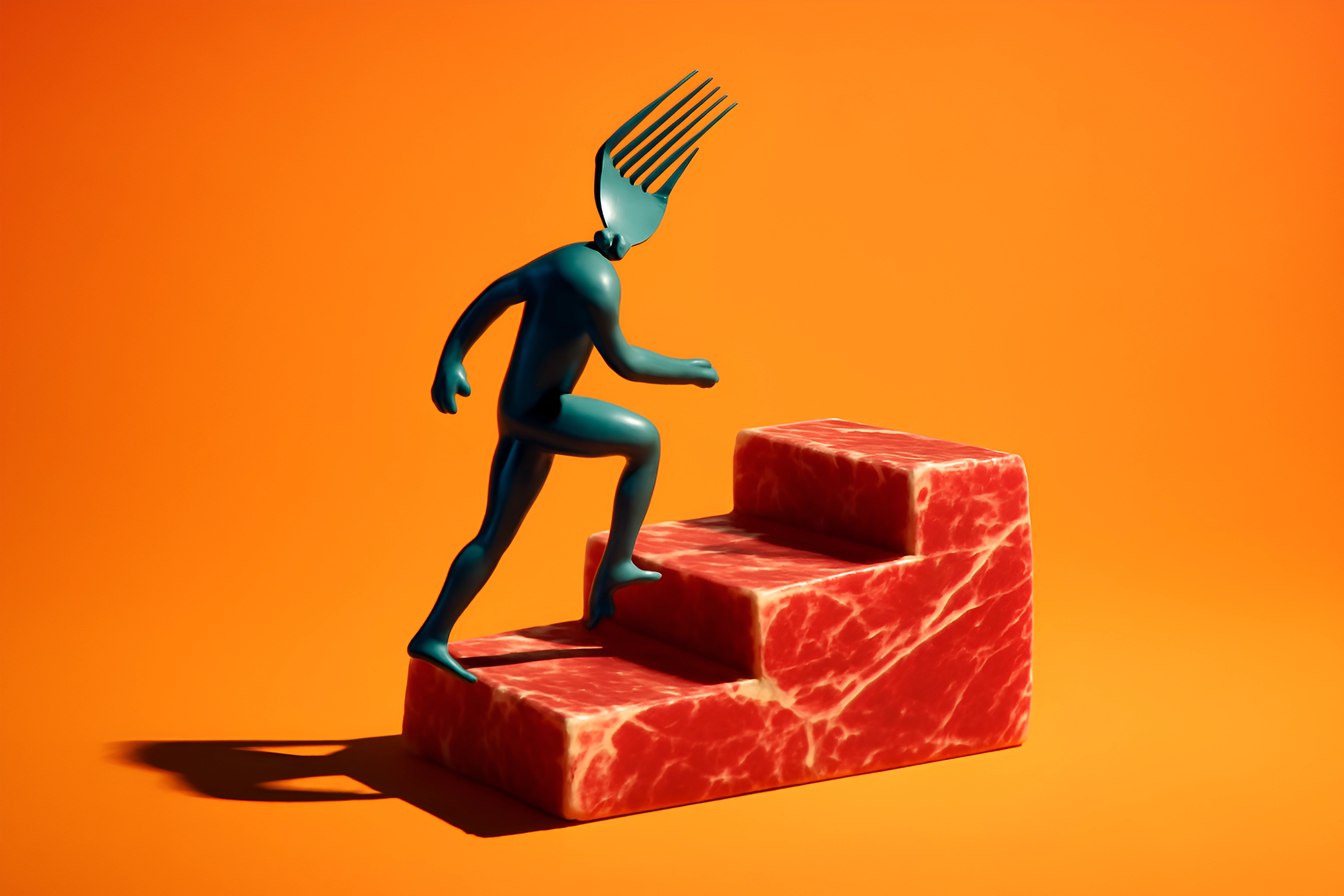
Are you sick of it? The constant, grinding pain in your joints. The fog that clouds your thoughts and steals your focus. The exhaustion that settles deep in your bones, no matter how much you rest. You’ve tried everything—the pills, the creams, the endless doctor's visits—and yet, the fire of chronic inflammation rages on, dictating the terms of your life.
What if the answer wasn’t in another prescription, but in subtraction? What if the path to extinguishing that fire for good involved removing the very things that fuel it, day after day? This is the promise of the carnivore diet, a radical approach to healing that focuses on the unparalleled nutrient density of animal foods and the complete elimination of inflammatory triggers. It’s not just another diet; for many, it’s the key to reclaiming a life of vitality and freedom from pain.
This is your compassionate, no-BS guide to making that change. We will walk you through the entire process, step-by-step, from mental preparation to navigating the first few weeks. The road has its challenges, but the profound relief waiting on the other side is a prize worth fighting for.
The "Why": How a Carnivore Diet Calms the Fires of Inflammation
To win this fight, you must first understand your enemy. Chronic inflammation isn't just a symptom; it's a state of emergency where your body's defense systems are stuck in the "on" position, constantly attacking perceived threats. A major source of these threats is often found at the end of your fork, with modern diets full of substances that provoke this immune response.
The carnivore diet works its magic through a powerful, three-pronged attack. First, it starves the fire by eliminating the fuel. This means removing common plant-based irritants like lectins and oxalates, along with sugar and industrial seed oils, which are notorious for perpetuating the inflammatory cycle. A 2024 study investigating the diet's impact found a significant decrease in TNF, a key pro-inflammatory cytokine, suggesting the diet has potent anti-inflammatory effects at a cellular level.
Second, it rebuilds your defenses by healing the gut lining. The concept of "leaky gut," or intestinal permeability, is central to systemic inflammation, allowing food particles and toxins to escape into the bloodstream and trigger a body-wide immune alarm. By removing all plant-based irritants and providing the essential amino acids for tissue repair, the carnivore diet acts as the ultimate gut-reset protocol. This is supported by a Harvard-led case series where patients with Inflammatory Bowel Disease (IBD) experienced significant clinical improvement and symptom relief after adopting a carnivore-style diet. Finally, it floods your system with the most bioavailable anti-inflammatory nutrients on the planet—like Omega-3 fatty acids, zinc, and heme iron—giving your body the raw materials it needs to finally put out the fire.
Phase 1: Pre-Transition Prep – Setting the Foundation for Success
Before you eat your first ribeye, the most critical work begins in your mind. This isn't about restriction; it's about liberation. Take a moment right now and write down your "why." Don't just write "reduce inflammation." Get specific. Is it to kneel on the floor and play with your grandkids without wincing? Is it to wake up with a clear head, ready to conquer your day? Anchor yourself to that feeling, because it will be your north star when the journey gets tough.
With your motivation locked in, it's time for a symbolic act of power: The Pantry Purge. This is you, drawing a line in the sand and reclaiming your kitchen for healing. Go through your cupboards and refrigerator and be ruthless. Get rid of the grains, sugars, legumes, industrial seed oils (canola, soy, corn), and all processed foods. As the Cleveland Clinic advises, a primary strategy for managing chronic inflammation is the elimination of these exact foods.
Now, let's build your anti-inflammatory arsenal with a simple, beginner-friendly shopping list. Don't overcomplicate it. Focus on quality, as grass-fed and finished meats have a more favorable fatty acid profile that can help reduce inflammation rather than promote it. Your initial list should look like this: fatty cuts of beef (ribeye, chuck roast, 80/20 ground beef), lamb, eggs, high-quality butter or tallow, unrefined salt, and bone broth. That's it. You are setting yourself up for a simple, powerful, and effective start.
A Note on Medical Guidance
This journey is about taking control of your health, and a crucial part of that is being smart. Before making any significant dietary changes, especially if you are on medication for chronic conditions like diabetes or high blood pressure, please consult with a trusted, knowledgeable healthcare provider. Partner with them to ensure your transition is safe and successful.
Phase 2: Your Step-by-Step Carnivore Transition Plan (Choose Your Pace)
There is no single "right" way to begin this journey. The best path for you depends on your personality, your current health status, and your mindset. The goal is sustainable success, not a sprint to a finish line that leaves you burnt out. Below are two proven paths to help you execute your carnivore diet transition effectively.
Option 1: The "Cold Turkey" Approach
This method is for the decisive, the highly motivated, the person who is fed up and ready for a radical change now. It is exactly what it sounds like: one day you are eating your standard diet, and the next, you are eating only from the animal kingdom. You immediately switch to a diet of meat, fish, eggs, and animal fats, with water and salt as your only other consumables.
The primary benefit of this approach is the potential for faster results. By ripping the band-aid off, you remove all potential inflammatory triggers at once, which can lead to a quicker reduction in symptoms for some. However, the downside can be a more intense adaptation phase, often called the "keto flu," as your body makes a dramatic shift in its primary fuel source. This path requires mental fortitude, but the rewards can be swift and profound.
Option 2: The Gradual Elimination Method (Recommended for Chronic Illness)
If you are dealing with significant chronic health issues or simply prefer a gentler, more methodical approach, this is the path for you. The gradual transition allows your body and gut microbiome to adapt more slowly, minimizing the shock to your system. It also serves as a personal elimination experiment, helping you pinpoint exactly which food groups are causing you the most grief.
In Week 1, you will eliminate all processed foods, sugar, industrial seed oils, and grains. Your focus will be on whole foods: meat, eggs, healthy fats, vegetables, and fruit. In Week 2, you will remove the next layer of potential irritants: all vegetables, nuts, and seeds, leaving you with meat, eggs, fats, and some low-sugar fruits. Finally, in Weeks 3-4, you will eliminate the remaining fruit and any dairy you were consuming, bringing you to a full carnivore diet. This systematic process is a powerful way to take control and listen to your body's signals every step of the way.
Phase 3: Navigating the Adaptation Phase Like a Pro
Let's be brutally honest: the first one to three weeks can be challenging. You might feel tired, irritable, or foggy. This is not a sign of failure. It is a sign that your body is undergoing a profound metabolic shift, rewiring itself to run on clean, efficient fat-based energy instead of inflammatory carbohydrates. This is the healing crisis, and navigating it successfully is the key to long-term victory.
Managing the "Keto Flu" (Adaptation Symptoms)
The collection of symptoms often called the "keto flu" is your body's response to carbohydrate withdrawal and the switch to using fat for fuel. You are not actually sick. Common symptoms include headaches, fatigue, muscle cramps, and irritability. These are temporary signals that your body needs support, primarily in the form of electrolytes.
The Mayo Clinic confirms that these symptoms are largely due to electrolyte imbalances as your body sheds water. Understanding this is half the battle, because the solution is straightforward and effective. Don't fear this phase; prepare for it, and you will move through it with confidence.
Your Anti-Inflammatory Adaptation Toolkit
You are not powerless during this phase. You have a toolkit to manage these symptoms and support your body's transition. First and foremost: electrolytes are non-negotiable. This is the number one reason people struggle. Salt your food generously with a high-quality unrefined salt, drink salted water, and consider a clean electrolyte supplement that provides sodium, potassium, and magnesium. For a deep dive, explore these animal-based solutions for maximizing electrolyte balance.
Second, you must eat enough. Many people transitioning to carnivore undereat, especially fat, because they carry old fears from mainstream dietary advice. Fat is now your primary fuel source; you must eat it until you are comfortably full to provide your body with adequate energy. Finally, stay hydrated with salted water and manage any digestive changes by adjusting your fat intake—if you experience diarrhea, slightly reduce fat; if constipated, slightly increase it.
How to Track Your Success: Monitoring Inflammation Relief
Your victory over inflammation will not be measured on the bathroom scale. True success is measured in the return of your life force. To see your progress clearly, you must shift your focus from weight to well-being. This is where you become the lead scientist in the experiment of your own healing.
The most powerful tool you can use is an Inflammation Journal. This simple daily log will provide undeniable proof of your progress, especially on days when you feel discouraged. The National Institute of Diabetes and Digestive and Kidney Diseases (NIDDK) advocates for symptom tracking in chronic inflammatory conditions as a way to effectively monitor interventions. Create a simple chart and track these key metrics on a scale of 1-10.
| Metric | Monday | Tuesday | Wednesday | Thursday | Friday | Saturday | Sunday |
|---|---|---|---|---|---|---|---|
| Joint Pain | 8 | 7 | 7 | 6 | 5 | 4 | 4 |
| Energy Levels | 3 | 3 | 4 | 5 | 6 | 7 | 7 |
| Mental Clarity | 4 | 4 | 5 | 6 | 7 | 8 | 8 |
| Skin Health | 5 | 5 | 5 | 6 | 6 | 7 | 7 |
| Digestive Comfort | 4 | 5 | 6 | 7 | 8 | 8 | 9 |
| Sleep Quality | 5 | 6 | 6 | 7 | 8 | 8 | 9 |
This journal will become your most valuable asset. It will show you the patterns, celebrate your non-scale victories, and reinforce the core HealingCarnivore principle: you are the ultimate expert on your own body. Listen to its signals, honor its needs, and watch yourself heal.
Conclusion: Your Journey to a Low-Inflammation Life Has Begun
You now have the map. You understand the "why"—how this way of eating systematically dismantles the machinery of inflammation. You have a plan to prepare your environment, a choice of transition paces to suit your needs, and a toolkit to navigate the adaptation phase like a seasoned pro. This carnivore diet transition guide for chronic inflammation is more than a set of rules; it's a roadmap to reclaiming the life you deserve.
This is your declaration of independence from chronic pain, brain fog, and fatigue. It is a commitment to yourself, to your health, and to a future where you are in control. The journey starts with a single step, and you have already taken it by reading this guide.
What is your biggest question or fear about starting this journey? Share it in the comments below—I read and respond to every single one. For more in-depth strategies and personal stories of healing, sign up for the HealingCarnivore newsletter. When you're ready for the next step, check out our guide on the Ultimate Carnivore Recipes for Inflammation Reduction to put this plan into delicious action.
